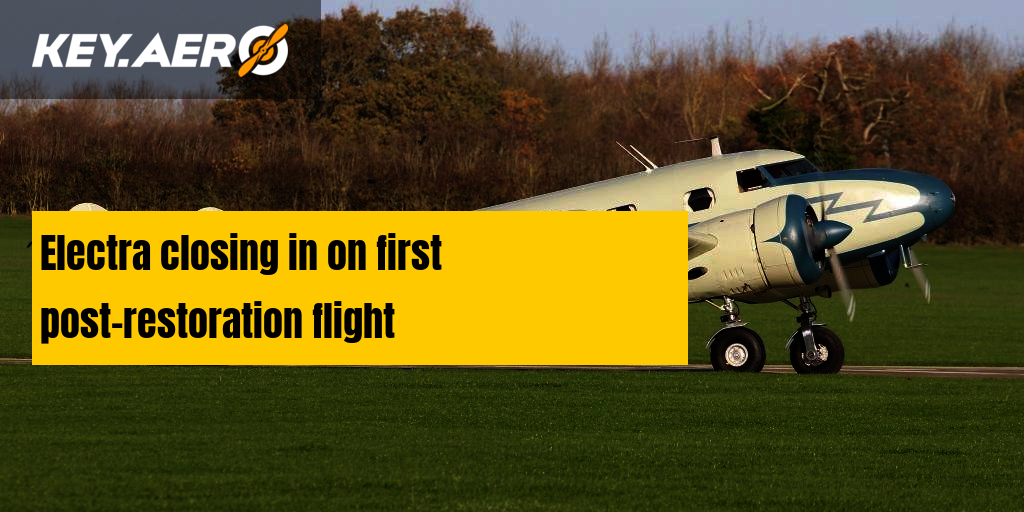Navigation
Install the app
How to install the app on iOS
Follow along with the video below to see how to install our site as a web app on your home screen.
Note: This feature may not be available in some browsers.
More options
You are using an out of date browser. It may not display this or other websites correctly.
You should upgrade or use an alternative browser.
You should upgrade or use an alternative browser.
Interwar RAF Strategic or Operational Reconnaissance?
- Thread starter elbmc1969
- Start date
Ad: This forum contains affiliate links to products on Amazon and eBay. More information in Terms and rules
More options
Who Replied?This should give you what you are looking for.To confirm:
From 1930 to 1939, did the RAF have any strategic (to 600 miles) or operational (to 250 miles) reconnaissance aircraft?
Coincidentally this months "Aeroplane" magazine has an article titled "Secrets and Spies" about the two Lockheed 12A Electra Junior aircraft used by Sidney Cotton on behalf of the British Secret Intelligence Service for photo recce work pre-WW2. It looks at the aircraft, its modifications and its operations.
G-AFKR was only used briefly before being handed to the French.
G-AFTL was the replacement and has recently been restored for Fighter Aviation Engineering as seen below.

 www.key.aero
www.key.aero
G-AFKR was only used briefly before being handed to the French.
G-AFTL was the replacement and has recently been restored for Fighter Aviation Engineering as seen below.
Electra closing in on first post-restoration flight
The Lockheed 12A Electra which provided Britain with invaluable reconnaissance photographs in the months leading up to World War Two will soon make its first flight in the UK for more than 80 years
- Thread starter
- #4
Thanks! Unfortunately, it doesn't say what military aircraft they used. Just heavy bombers with cameras installed? Not clear.This should give you what you are looking for.
From 1930 to 1939, did the RAF have any strategic (to 600 miles) or operational (to 250 miles) reconnaissance aircraft?
Before we look at RAF types, the difference between strategic and tactical reconnaissance is not so much about range but more about timing and subject being photographed. How distant the photographic subject from the airfield where the aircraft operated could vary for both.
In the '30s, the RAF used a range of types for reconnaissance, but Armstrong Whitworth Atlases and Westland Wapiti/Wallaces were engaged in reconnaissance duties, being replaced by Hawker Hart derivatives and Vickers Vincents, which were still serving in the role by the outbreak of WW2. What was being photographed depended on who wanted the photos as there were no dedicated reconnaissance units. Army Co-Operation became a blanket term for anything the RAF couldn't apply a bomber or fighter to, but the Westland Lysander took over from the biplanes, by the outbreak of WW2, Lysanders were the primary Army Co-operation type. The Bristol Blenheim saw extensive employment for photo reconnaissance across the RAF commands once it entered service. Coastal Command and before the formation of the command system tended to use big flying boats, Southamptons, Stranraers and so forth before Sunderlands and land-based Avro Ansons once they entered service, as their role was reconnaissance at any rate.
It's worth noting that Sidney Cotton was not initially working for the British government when he did his pre-war photographic reconnaissance efforts in the Lockheed 12a, although through men like Fred Winterbotham that changed in 1939. Edgar Ludlow-Hewitt C-in-C Bomber Command was very interested in what Cotton was doing and once discussions began on changing the rather dated perceptions of the value of reconnaissance and how to apply it, he wanted Bomber Command to operate its own dedicated reconnaissance squadrons, preferring the Blenheim as a platform. The RAF Air Staff regarded Cotton with suspicion, however, while the navy was very interested in what Cotton was doing.
The application of a single-seat high speed aircraft was down to a paper written by Shorty Longbottom in 1939, who worked with Cotton and his Lockheed before the war and saw the inadequacies in RAF reconnaissance methods between the wars. During the war, the value of PR as an intelligence tool was realised fairly quickly, which did tend to expose the inadequacies of what the British were doing at the beginning of the war, particularly regarding Bomber Command accuracy, but this led to the establishment of an entire intelligence network of photographic interpreters and advisors applied across the three branches of the forces into one central unit at RAF Medmenham, but the flying units, the PRUs although they were RAF were answerable to the intelligence services as well, rather than just the armed forces. This didn't happen until after the outbreak of war and beforehand, reconnaissance was not paid anywhere as much notice.
Putting that into perspective, there were not many air forces around the world that gave aerial reconnaissance as much due as it should have had, with the exception of the French and Germans. The Luftwaffe in particular had a very strong reconnaissance network before the war, with a large number of aircraft and units solely dedicated to recon in its various forms, although it was the exception and not the norm. The French had been pioneers of photo reconnaissance but the political mess the armed forces found themselves in during the between-the-wars period drastically affected the air force, but it did have dedicated resources for recon, in particular interpretation and intelligence facilities, although its recon aircraft left a lot to be desired.
There are plenty of sources about this stuff, but I'd recommend reading Eyes of the RAF, A history of Photo Reconnaissance by Roy Conyers-Nesbit as a starting point.
Users who are viewing this thread
Total: 1 (members: 0, guests: 1)
Similar threads
- Replies
- 12
- Views
- 2K
